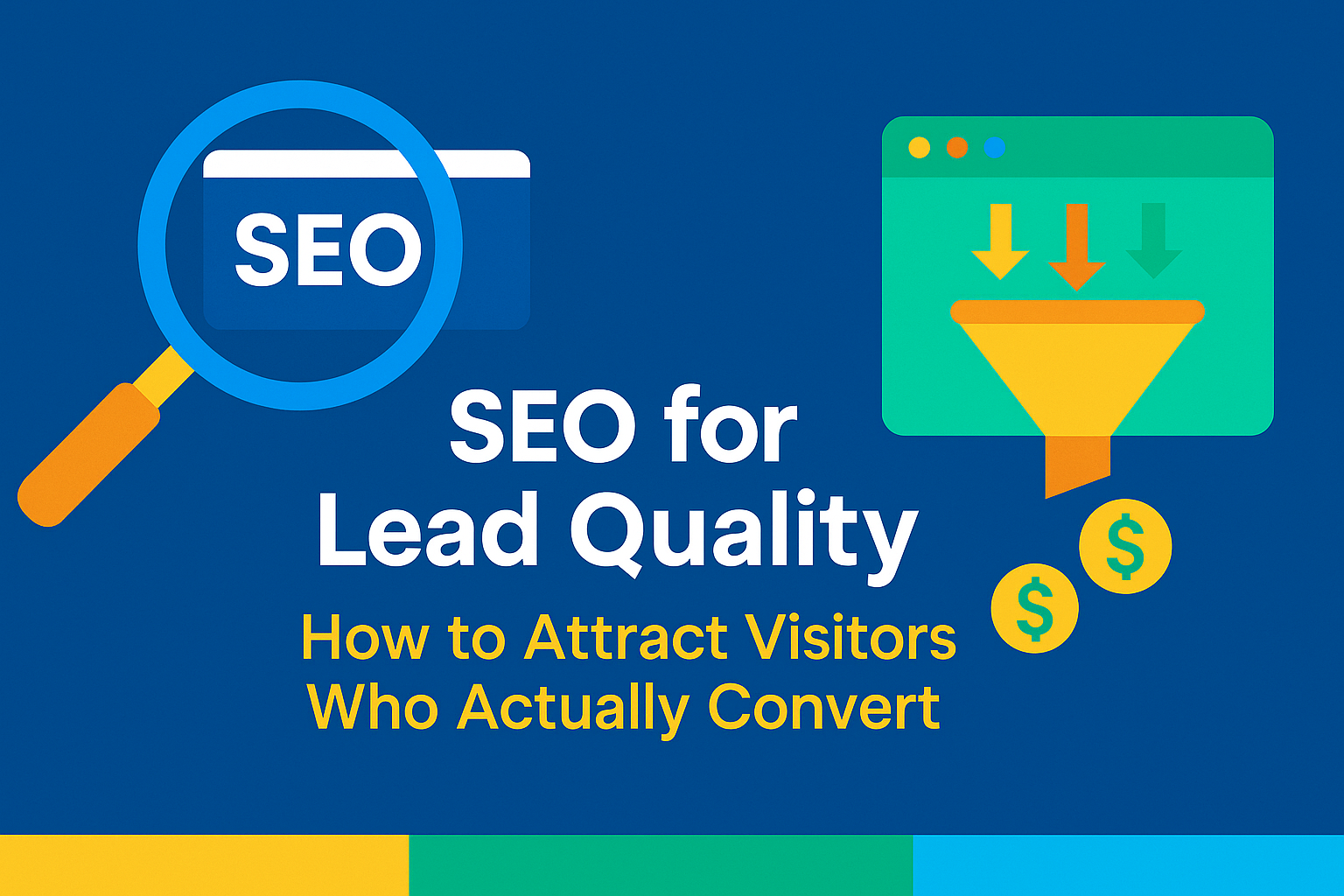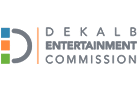By Janice Ramos
Driving traffic to your website is important, but if that traffic doesn’t turn into qualified leads or sales, what’s the point? In today’s competitive digital landscape, the real win isn’t just more visitors; it’s better visitors. That’s where SEO for lead quality comes in.
Why Lead Quality Matters More Than Raw Traffic
Traditional SEO strategies often aim to increase traffic volume. But volume alone won’t grow your business if your site is attracting the wrong audience. High bounce rates, low conversion rates, and unqualified leads can make your SEO efforts feel like a drain on time and budget.
SEO for lead quality shifts the focus from “how many” to “how valuable.” Instead of chasing rankings for generic high-volume keywords, it emphasizes targeting searchers who are more likely to take action—book a demo, schedule a consultation, or make a purchase.
1. Use Intent-Based Keyword Targeting
The first step in optimizing SEO for lead quality is understanding search intent. Not all keywords are created equal. There’s a big difference between someone searching “how does SEO work” and someone searching “SEO agency for B2C eCommerce.”
Focus your content and SEO strategy on keywords that signal buying or action intent. These keywords tend to convert better, even if they have lower search volumes.
Examples of Intent-Driven Keywords:
- “Best [your service] provider in [city]”
- “Compare [product] vs [product]”
- “[Industry] services for small businesses”
2. Optimize Landing Pages for Conversion, Not Just Rankings
An SEO-optimized page should do more than rank well, it should convert well.
That means:
- Clear CTAs (calls to action)
- Trust-building elements (testimonials, certifications, guarantees)
- Fast load times and mobile-friendly layouts
- Messaging that aligns with the keyword intent
SEO for lead quality requires collaboration between content, design, and CRO (conversion rate optimization). When done right, the result is a pipeline full of better-qualified leads.
3. Segment and Analyze SEO Traffic by Source & Behavior
If you’re not tracking where your best leads are coming from, it’s time to tighten up your analytics.
Use tools like:
- Google Analytics with goal/conversion tracking
- UTM parameters on SEO links
- Heatmaps and session recordings to understand on-page behavior
- CRM attribution reporting
By identifying which pages and keywords produce not just traffic but sales-qualified leads, you can reinvest in what’s working and drop what isn’t.
4. Build Content for Different Stages of the Funnel
Content that attracts leads at the decision-making stage is different from content that builds early-stage awareness.
When developing your content strategy, align your posts, pages, and downloads with the buyer’s journey. Use SEO for lead quality by creating:
- Comparison guides
- Pricing pages
- Niche case studies
- Customer success stories
- ROI-focused blog content
This ensures you’re not just pulling in readers, you’re drawing in decision-makers.
5. Align Your SEO and Paid Search Strategies
Your SEO and Google Ads campaigns shouldn’t live in silos. In fact, the best insights for SEO for lead quality often come from your PPC performance data.
Find out which ad keywords generate high-quality leads, then incorporate those terms into your SEO strategy. Likewise, your best-converting SEO pages can inform what landing pages to use in Google Ads.
This integrated approach minimizes waste and maximizes your lead generation ROI.
Ready to Level Up Your Lead Quality?
If your SEO traffic isn’t turning into sales or if you’re tired of unqualified leads clogging your funnel—it’s time to rethink your strategy.
At DoubleDome Digital Marketing, we specialize in SEO for lead quality. We combine smart keyword research, advanced tracking, and conversion-focused content strategies to deliver qualified inbound leads, not just traffic.
Ready to attract better leads with SEO? Explore Our SEO Services and schedule a strategy call today.









